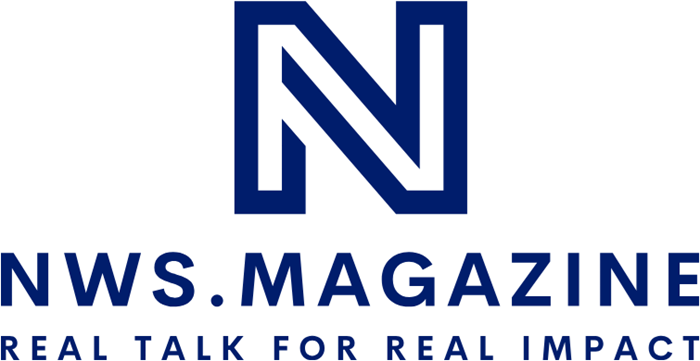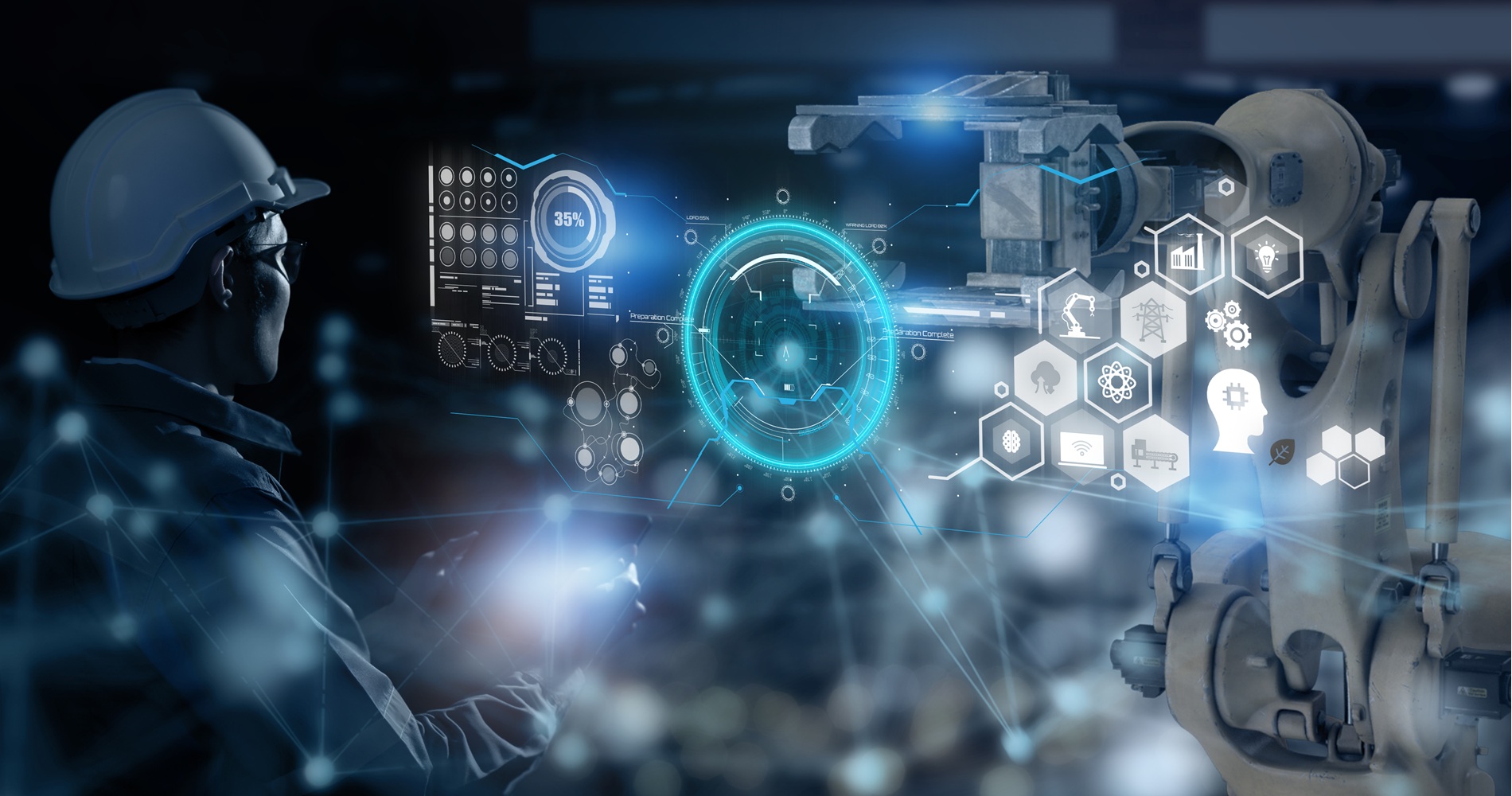Why “composable factories” are the new normal – and how modern interfaces are powering the shift from vertical control to horizontal orchestration.
From SCADA Silos to API‑First Architectures
Old‑school industrial setups were built around hardwired hierarchies: sensors → PLCs → SCADA → MES → ERP. Data flowed upward, control downward — slowly, and with friction. Now, modern systems use event‑driven APIs, standardized interfaces, and cloud‑native components to break those chains.
- ✓ Machines speak OPC UA over MQTT, not just Modbus
- ✓ Maintenance data is exposed via RESTful APIs
- ✓ MES talks directly to edge devices and cloud analytics
Why Horizontal Beats Vertical
Horizontal stacks — where systems connect via standard interfaces instead of vendor lock‑in — allow:
- ✓ Plug‑and‑play hardware and software components
- ✓ Real‑time insights across production and logistics
- ✓ Cross‑vendor data sharing and supply‑chain automation
In short: they turn factories into composable platforms, not fixed pipelines.
What’s Driving the Change?
- Interoperability mandates: Regulatory frameworks (like Catena‑X) demand transparent, standardized data exchange.
- Smart manufacturing: AI, predictive maintenance, and digital twins need open data — not trapped in silos (McKinsey IIoT report).
- Resilience: Post‑pandemic supply‑chain disruptions exposed the risks of brittle vertical systems.
What This Means for Strategy & Leadership
Horizontal architectures don’t just change technology — they redefine industrial collaboration, innovation, and competitiveness. Procurement strategies, IT governance, and partner management must shift toward openness and adaptability. Waiting for “fully mature” plug‑and‑play solutions is no longer an option — the transformation is already underway.
Challenges Ahead
- ✘ Legacy systems with no API access
- ✘ Inconsistent semantics across vendors
- ✘ Cybersecurity risks in connected environments
Going horizontal doesn’t mean abandoning control — it means designing for modularity, visibility, and adaptability.
“The real transformation in Industry 4.0 isn’t automation — it’s orchestration.
In a connected world, rigid top-down control is being replaced by dynamic coordination — between machines, cloud services, and external partners.”
Conclusion
The future industrial stack isn’t built around machines. It’s built around interfaces. APIs, data standards, and dynamic architectures are becoming just as critical as motors and metal. Factories that embrace this shift will move faster, adapt better — and collaborate across ecosystems in ways yesterday’s verticals never could.
This is how industrial winners will outpace the rest — by connecting, not controlling.
Are you still building vertical — or have you already started to get your stack future‑ready?
Further Reading & Sources
- Catena‑X – Enabling cross‑company data ecosystems
- OPC Foundation – About OPC UA
- McKinsey – IIoT platforms as value drivers in machinery
- ZVEI – Industrie 4.0 Plug‑and‑Produce (Use Case)
- ZVEI – Demonstrator Drive System 4.0 (Interoperability Showcase)
- GAIA‑X: European data infrastructure initiative
Quote used with kind permission of Mads Kyed (Flensburg University of Applied Sciences).
Image credit: MangKangMangMee – Shutterstock

